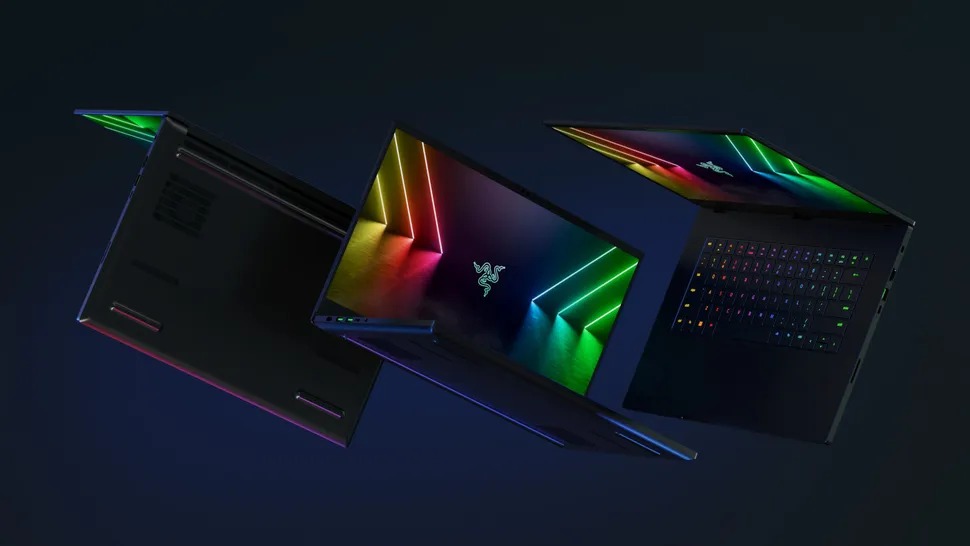Elon Musk just announced a game changer for EV adoption
Non-Teslas will soon be able to use the Supercharger network in the US
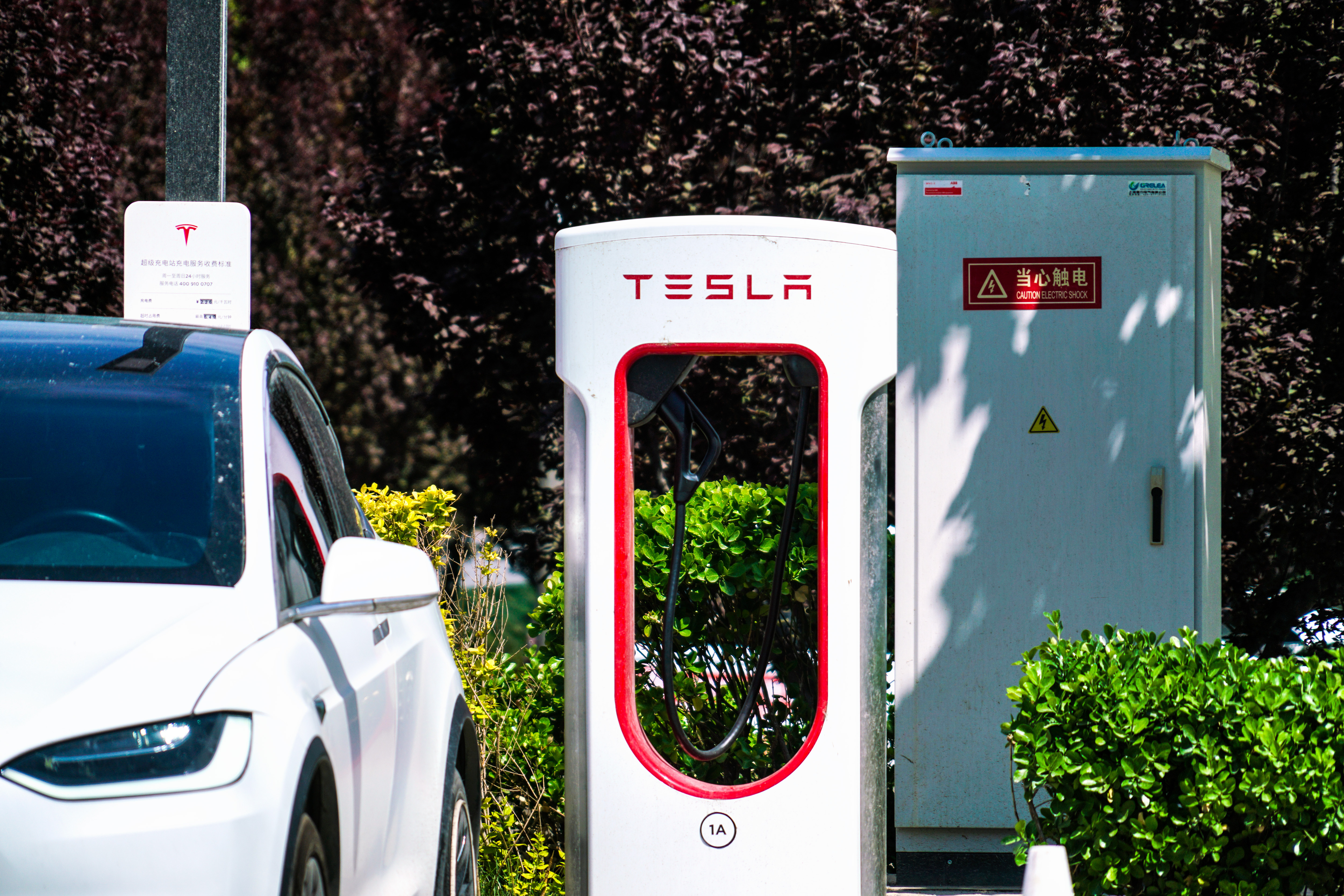
Update: Tesla's filed plans for a Supercharger drive-in in Hollywood, and this is what it might look like
One of the main benefits of owning a Tesla, aside from driving one of the best electric cars, is the fact you have exclusive access to the Tesla Supercharger network. This is arguably one of the best public EV charging grids out there right now, with more than 1,000 locations across North America alone.
But Superchargers will open to non-Tesla cars eventually, and the automaker is already taking steps to make that happen in the United States.
This news comes directly from the company's CEO Elon Musk, speaking at the Financial Times Future of the Car event (via InsideEVs). According to Musk, Tesla is going to start adding “the rest of the industry’s connectors as an option to Superchargers in the U.S.” The Tesla boss has been busy this week, as Musk also just announced that he's putting his Twitter deal on hold.
The problem with opening up the Supercharging network has always been the fact that Tesla uses a proprietary charging plug in North America. The Tesla connector predates the CCS-1 standard that has been adopted by the rest of the auto industry, and the two are inherently incompatible.
It would be like trying to plug a three-pronged British plug straight into a North American outlet. No matter how hard you try, it isn’t going to work without an adapter. And currently there are no adapters that allow you to plug a non-CCS cable into a CCS port.
Musk has previously suggested the adapter system could be a possibility, but now it sounds like a more permanent solution is on the cards. And that makes a lot of sense: to go down the adapter route, Tesla would have to develop a Tesla-to-CCS adapter, then persuade enough people to buy it to make it worthwhile.
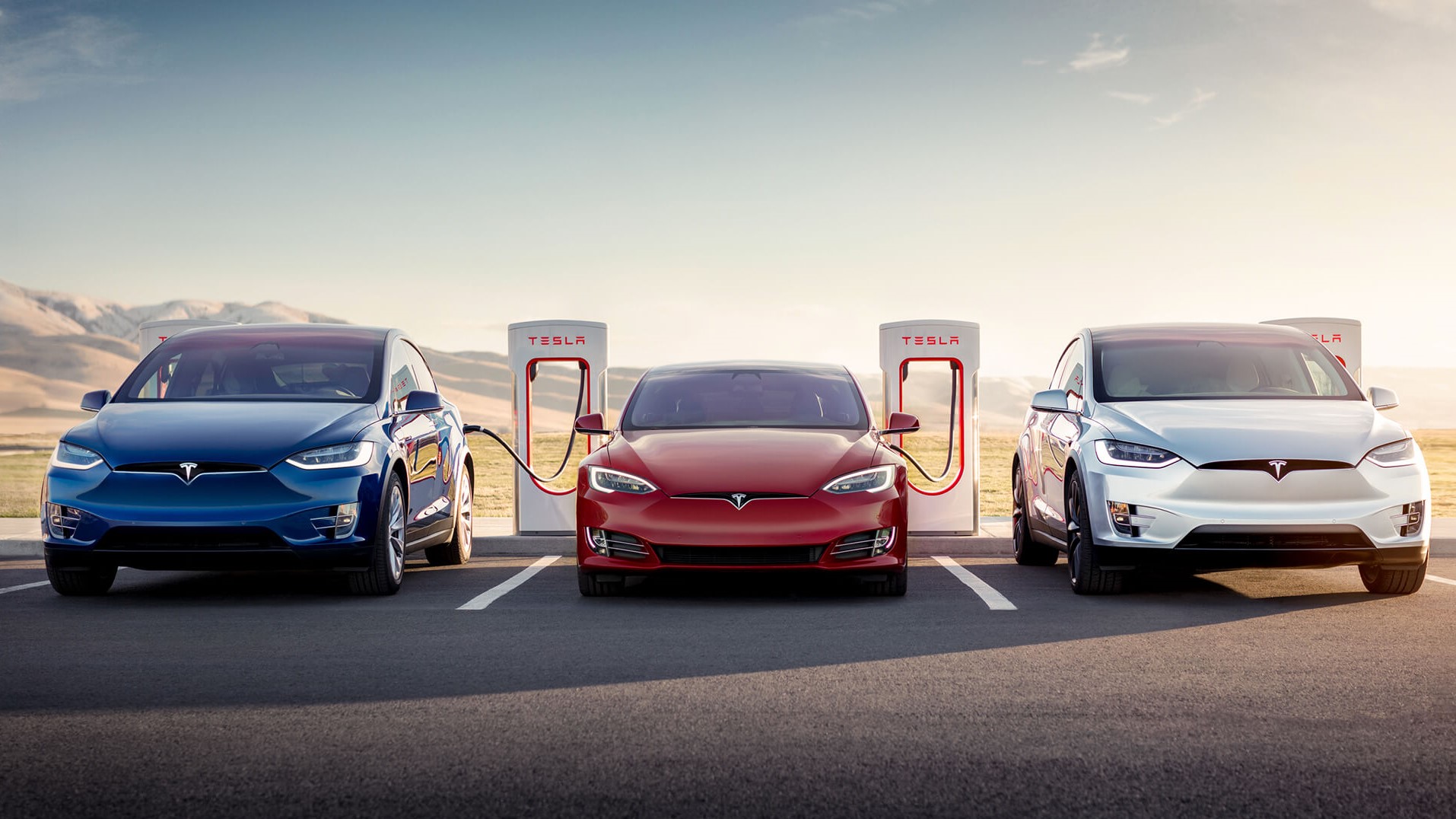
Considering the price of some of Tesla’s other adapters, like the often out-of-stock $400 CHAdeMO-to-Tesla model, it would be quite the investment for drivers. It would also, potentially, be prone to abuse, should Tesla opt to supply adapters at unmanned Supercharger hubs.
Sign up to get the BEST of Tom's Guide direct to your inbox.
Get instant access to breaking news, the hottest reviews, great deals and helpful tips.
This isn’t a problem in Europe, where non-Tesla Supercharging trials are already underway. Tesla scrapped its proprietary connection fairly early on in its European expansion, meaning they use the same CCS-2 charging system there as the majority of non-Teslas on the road. However, for whatever reason North American chargers still use Tesla's own plug, and that's clearly a problem when it comes to allowing other electric cars to use its network.
Musk didn’t provide a timeline on when the first non-Tesla Supercharging will take place in the U.S., though he did explain why the automaker is making the change. “We are trying as best as possible to do the right thing for the advancement of electrification,” Musk said, “even if that diminishes our competitive advantage."
The fact Tesla could also make money from the growing number of non-Tesla EVs hitting the roads is probably a nice bonus, too.
Non-Tesla Supercharging is sorely needed — for a variety of reasons
I’ve always been on board with the prospect of non-Teslas having access to Tesla Superchargers. EV charging infrastructure is improving, but it still has a long way to go before it’s actually convenient for the masses. That point really hit home last month, when I was driving across the country to visit my parents over a holiday weekend.
Here in the U.K., the Easter weekend is sandwiched between two bank holidays. That means a large proportion of the country, including myself, had a four-day weekend. It felt like the perfect time to make the 200+ mile trip, which takes at least three and a half hours each way. Usually more, when you consider traffic, bathroom breaks and recharge time.
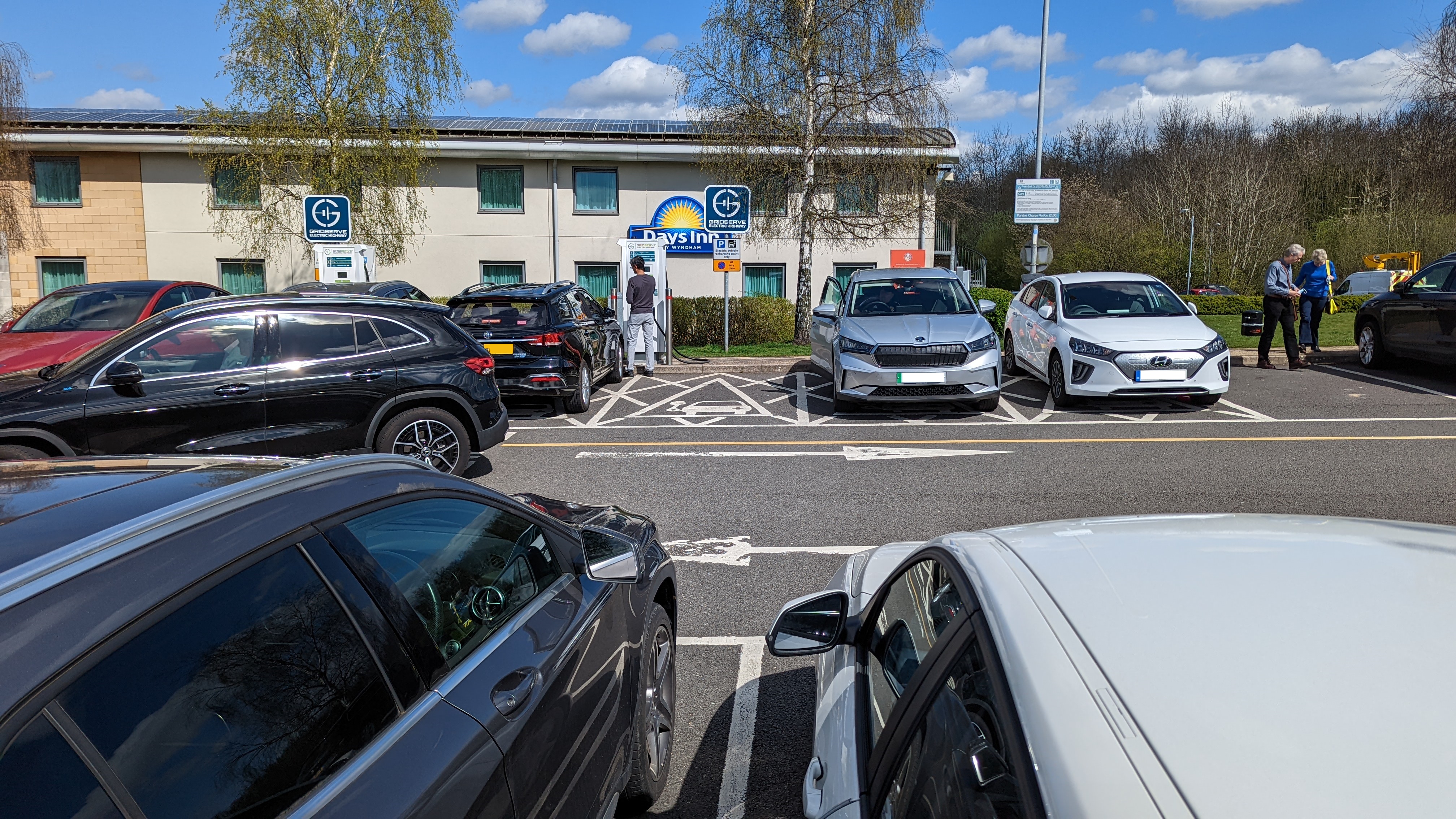
Unfortunately, everyone else seemed to have the same idea, including swarms of people driving EVs. With rest stops typically only having two, or sometimes three, DC rapid chargers, there were about half a dozen people trying to plug in wherever I stopped.
In addition to the seasoned EV owners were plenty of newbies taking their first long-distance trips, trying to get to grips with the Gridserve rapid charging network at the worst possible time. There was even a hybrid driver at one spot, who seemed thoroughly confused that he couldn’t plug a CCS plug into a Type-2 AC charger and refused to get out of the way.
In other words, it was kind of a mess, and further proof that the U.K. needs more EV chargers along the motorway. Fortunately, I was driving the Jaguar I-Pace at the time, which had the range to get me to my parents' house without needing to fight for a charger along the way.
But one thing I noticed, throughout both legs of the trip, was how many Tesla Supercharging bays were empty.
There were a lot of Teslas on the road, but the sheer number of Supercharging bays meant many of them were going unused. Which is great if you have a Tesla, but pretty useless for everyone else.
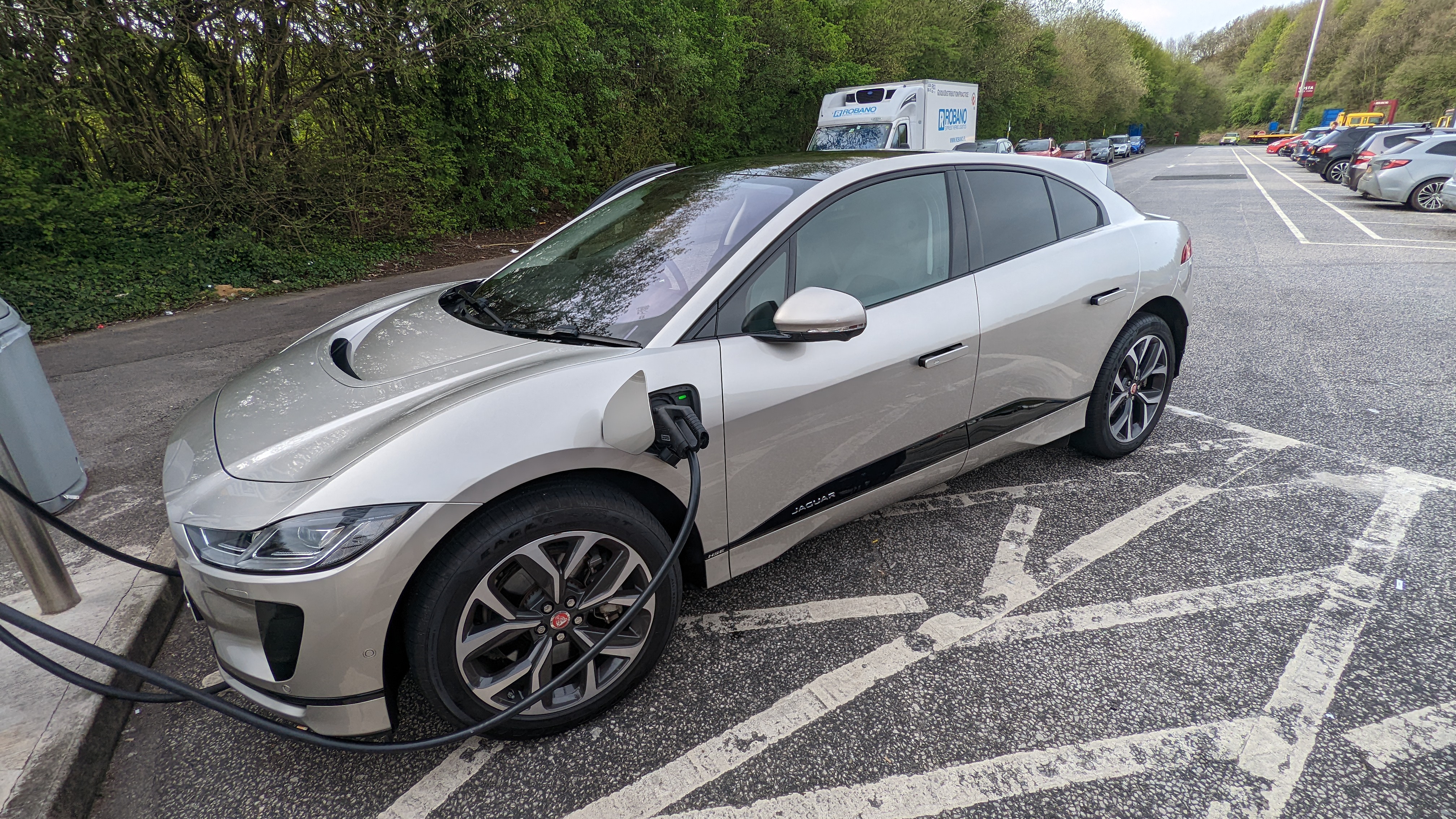
But no matter how many EV chargers are built, whether we’re talking about the U.K. or U.S., Tesla got a head start. That’s why Tesla has over 30,000 Superchargers in around 3,382 locations across the world — 1,300 of which are in the United States. And those chargers offer pretty fast recharge speeds, up to 250 kW in most locations.
Opening up the network to non-Teslas would massively increase the number of available EV chargers almost overnight. Not only does that offer greater possibility for long-distance driving, it might also spur other charging networks to speed up the rollout of their own high-speed chargers.
Using the U.K. as an example, more people using Superchargers at motorway services means fewer drivers to connect to a Gridserve charger. Even if the Supercharger turns out to be more expensive, how many drivers would wait indefinitely to save a few dollars? The obvious solution would be to install more chargers, and try to beat Tesla at its own game.
The bottom line
So far, the rollout of non-Tesla Supercharging in Europe has been fairly slow, and it is clear the future U.S. rollout isn’t going to sweep across the country overnight. Retrofitting new charging cables in more than 1,300 locations is going to be a pretty time-intensive process, after all. On top of that, Tesla’s also likely to need to do a lot of testing before it lets the public have access.
There are still a few unanswered questions about how the non-Tesla Supercharging rollout will work, particularly around how the experience will be for Tesla and non-Tesla drivers alike. Still, Elon Musk wasn’t just blowing hot air, as he has been accused of doing in the past, when he announced this change was coming.
Tesla seems to be taking the subject of non-Tesla Supercharging seriously, and it looks like a U.S. rollout could be in the cards very soon. Let’s hope so, because the faster we all get access to Superchargers, the better the EV experience will be for everyone.

Tom is the Tom's Guide's UK Phones Editor, tackling the latest smartphone news and vocally expressing his opinions about upcoming features or changes. It's long way from his days as editor of Gizmodo UK, when pretty much everything was on the table. He’s usually found trying to squeeze another giant Lego set onto the shelf, draining very large cups of coffee, or complaining about how terrible his Smart TV is.
